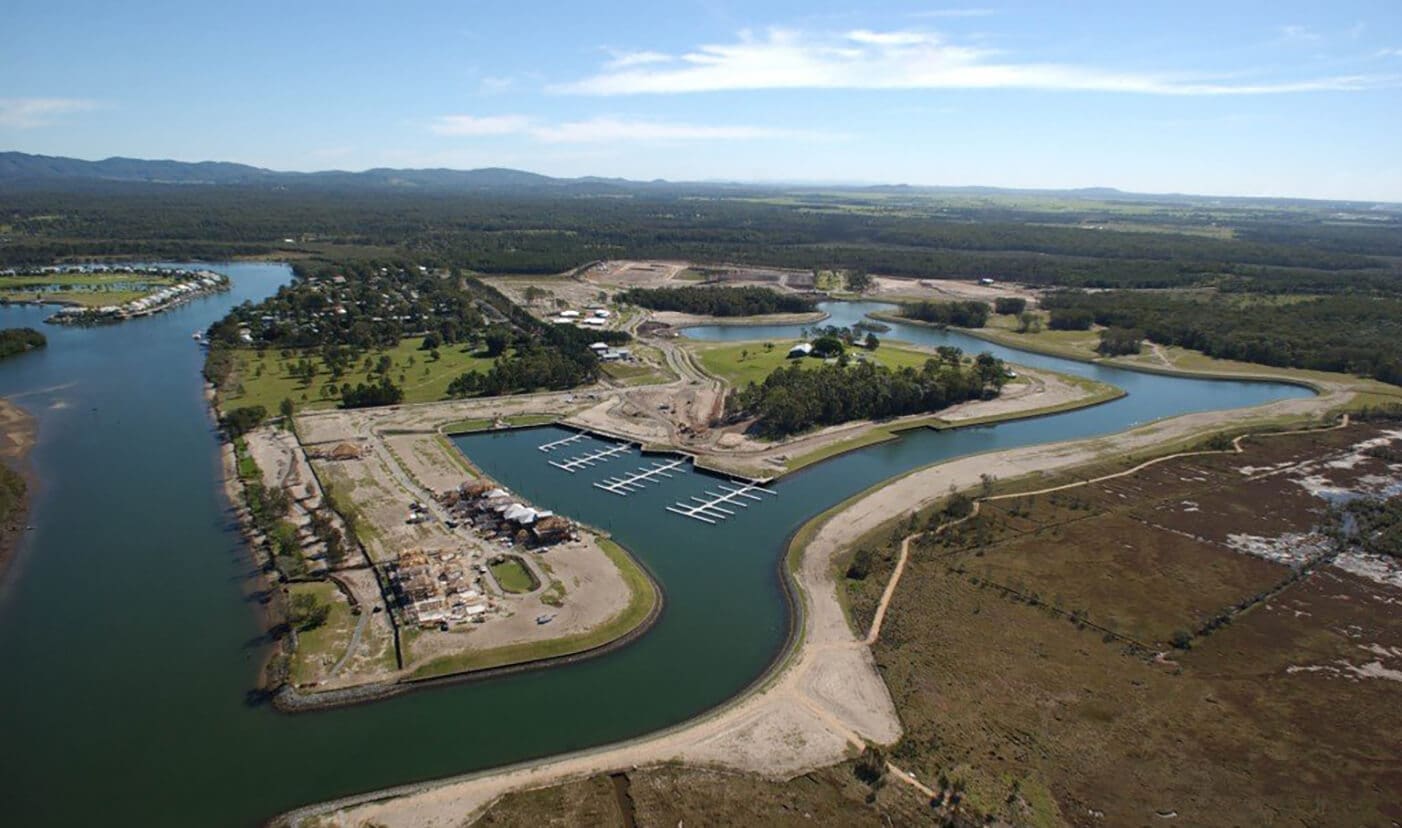A high percentage of vacuum sewer installations around the world are in towns or communities that are mandated to convert from a septic tank system (or cesspool) to a conventional sewer system.
Environmental factors are the key driver for this. Septic tanks whilst fine for small remote locations, are not acceptable once the town grows and the space required for a drainage field no longer exists. Many vacuum sewer systems are also installed in areas where gravity sewers have failed or combined sewer systems are being phased out.
Most communities converting from septic tanks or cesspools, have a choice between a vacuum sewer, a grinder pump pressure sewer, a gravity sewer, or a combination of all three. The geographic area, water table, environmental considerations or power supply usually dictates which system is installed.
Grinder pumps can manage large changes in elevation or very low-density rural areas. But they become a highly expensive option when looking at clusters of more than 50-100 houses, or where power supply is unstable.
The alternative vacuum sewer systems are nearly always found in flat areas with high water-tables or challenging ground conditions. They’re popularity is increasing as the number one choice due to their capital cost, impact on residents, lower energy costs/power stability, environmental and the reduced infiltration into the piping system which offers valuable protection of local water tables. See how Flovac Protected a Polish region’s water source.








